Two digital exhibitions were published to mark Esch2022, European Capital of Culture: the Minett Stories exhibition tells the history of the Minett, the mining and steel-producing region in southern Luxembourg, and A Colônia luxemburguesa presents the epic journey made by a number of Luxembourgers who settled in the heart of the Brazilian rainforest in the early 20th century to develop the steel industry there.
Based on the statistics gathered by STATEC, Framing Luxembourg takes an original look back at the history of migrations, families and work in Luxembourg. The three exhibitions have received multiple awards for scientific outreach and digital design in Luxembourg and abroad.
The Digital Shoah Memorial explores the history of the Jewish population during the Second World War in Luxembourg. Biographies are connected with archive photos and documents to tell the life stories of Jewish people who spent time in Luxembourg during the conflict. The memorial is still in its early stages and new stories will continue to be added to the site.
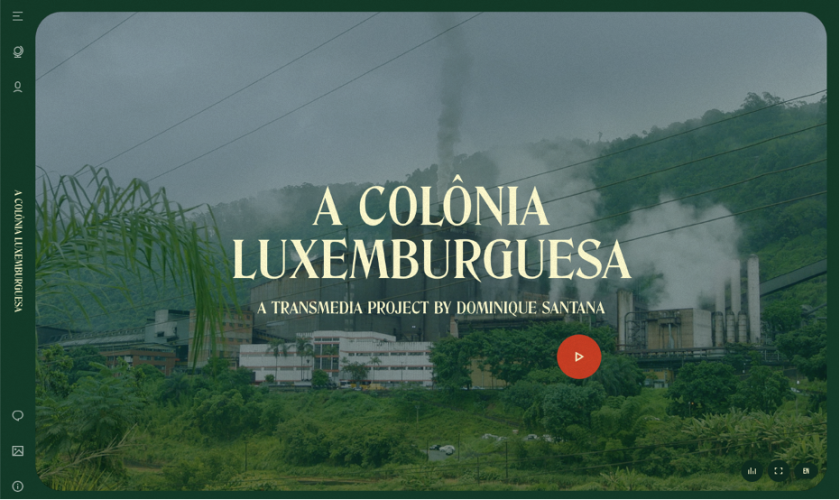
NEW IN 2022! A Colônia Luxemburguesa
Deep down in the wildernss of Brazil's tropical forest stands an enormous steel empire, meticulously crafted by the mysterious Colônia Luxemburguesa. One hundred years ago, the Luxembourg-based steel giant Arbed – today ArcelorMittal – inaugurated its Brazilian subsidiary called Companhia Siderúrgica Belgo Mineira in the heart of the State of Minas Gerais. At that time, the lack of qualified workforce provoked a massive movement of hundreds of Luxembourgish migrants to Brazil in order to erect a colossal steel plant and its surrounding industrial city, giving birth to the cradle of the Brazilian steel industry.
While searching for her own identity, Luxembourg-Brazilian filmmaker and historian Dominique Santana makes a fateful discovery as she comes across João Monlevade, an incredible and oddly familiar tropical version of the industrial south of Luxembourg she grew up in. This staggering revelation pulls her into a fascinating quest behind the curtains of the mythical stories of the Colônia Luxemburguesa. What is this Colônia like? Was it a success story of integration into the Brazilian society - a success story at all?
"A Colônia Luxemburguesa" is a collaboration between the C²DH, Samsa Film and the Centre national de l’audiovisuel (CNA) with the support of the Luxembourg National Research Fund (FNR), the Film Fund Luxembourg, Esch2022 European Capital of Culture, the Fondation Emile Metz-Tesch and the Rotary Club Esch-Bassin Minier.
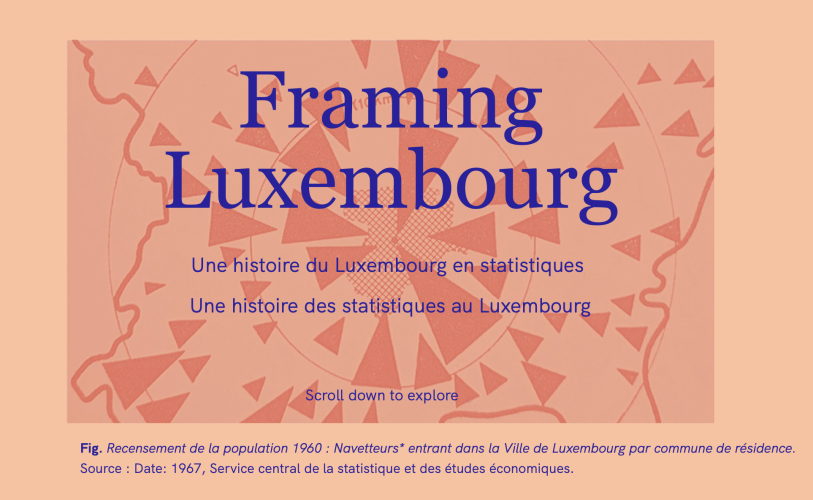
NEW IN 2022! Framing Luxembourg
"Framing Luxembourg” is a virtual exhibition and timeline that looks back at the history of public statistics in Luxembourg. The aim is to showcase the key statistics associated with some of the milestones in the country’s history in a fun and novel way. Framing Luxembourg is a gateway to STATEC’s statistical services and library. It also serves as a simplified visual aid for the content of a book currently being written by Paul Zahlen. The project was carried out in collaboration with STATEC, the Luxembourg Centre for Contemporary and Digital History (C²DH) and Paul Zahlen.
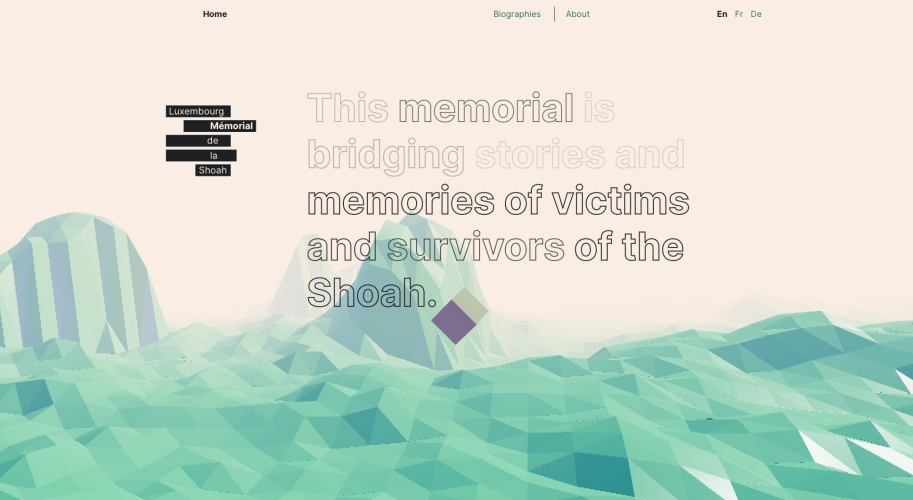
NEW IN 2022! Memorial Digital de la Shoah
With the idea of building a bridge between the dead and the living, the Fondation luxembourgeoise pour la Mémoire de la Shoah (FLMS)and the Luxembourg Centre for Contemporary and Digital History (C²DH) of the University of Luxembourg have set themselves the task of building a digital memorial to the memory of people who lived in Luxembourg and were persecuted for racial reasons before and during the Second World War.
The main objective of the memorial is to retrace as far as possible the life of these men, women and children, the environment in which they lived in Luxembourg before the Shoah and to describe their fate during the Second World War.
This scientific and public project, in which more than thirty historians are already participating, is open to all interested parties, researchers, survivors, descendants of the victims, associations and schools. Everyone interested is invited to contribute to the Memorial.
It is meant to be a digital participatory project devoted to research, identify, tell the stories of members of the Luxembourgish society in the inter-war period as well as Jewish refugees fleeing from other parts of Europe to Luxembourg in the 1930s, who became the victims of racial anti-Jewish legislation in their home countries and afterwards in Luxembourg during German occupation beginning with the invasion of the Grand Duchy by the Wehrmacht on 10 May 1940.
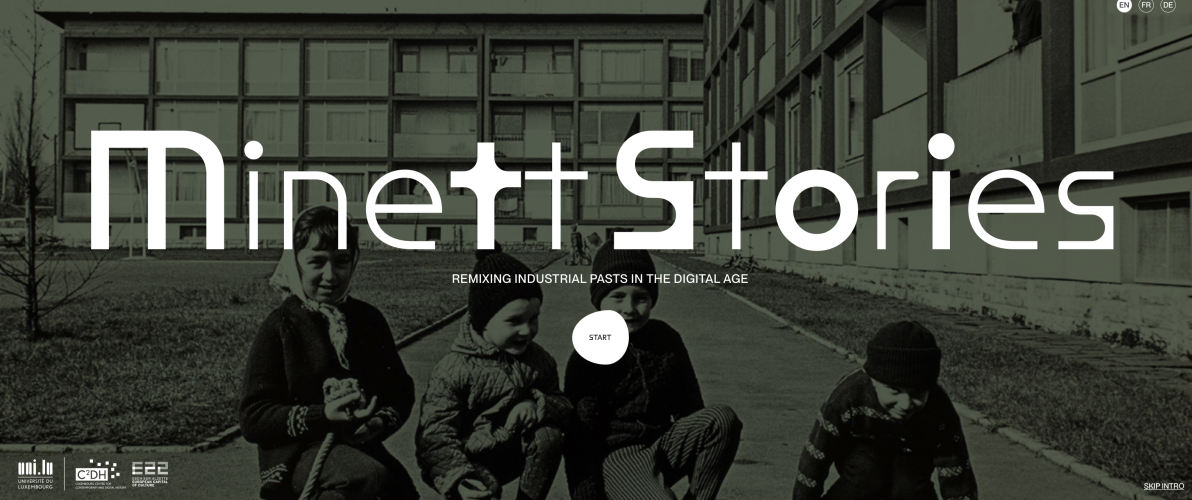
NEW IN 2022! Minett Stories
The Minett Stories is a virtual exhibition explores the history and identity of the Minett, the industrial region in southern Luxembourg, in 21 chapters. For a century (approx. 1870-1970) the Minett was shaped by iron ore mining and the iron and steel industry. Rapid economic and population growth, urbanisation and labour migration had a major impact on the history of the region, which has also been shaped by economic crises, environmental pollution and precarious housing and living conditions.
The exhibition is part of the Remixing Industrial Pasts in the Digital Age (“Remix”) project coordinated by the Luxembourg Centre for Contemporary and Digital History (C²DH), which was launched in autumn 2019 and is funded by the European Capital of Culture Esch2022 asbl.
The Minett Stories virtual exhibition was developed in collaboration between the Remix team, Milan-based design studio Calibro and Bergamo-based software company Inmagik. The Remix team spent two and a half years researching and sourcing material, designing the exhibition and writing all the storyboards, scripts, story texts and captions for the 22 exhibition chapters. The focus was on various forms of transmedia storytelling, including interactive video documentaries, graphic novels, interactive maps, interactive podcasts and radio plays. The virtual exhibition was launched online on 28 May 2022.
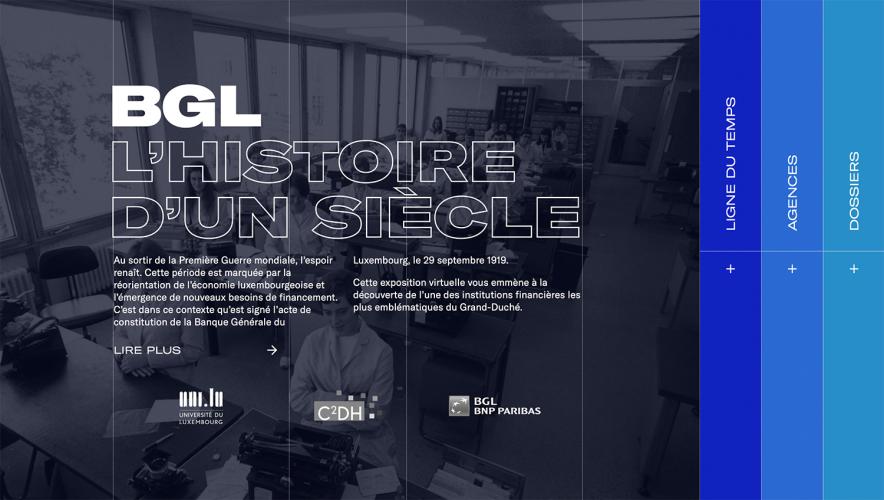
BGL: L’histoire d’un siècle
The virtual exhibition “BGL: L’histoire d’un siècle”, developed by the C²DH to mark the centenary of BGL BNP Paribas, covers the history of the bank from its beginnings in 1919 to the present day, as well as its role and participation in the economy and development of Luxembourg. For this project, C²DH researchers were able to access the bank’s archives. This research was particularly important and relevant for the historiography of the country, given the significant role of BGL BNP Paribas as a catalyst for both the Luxembourg economy and the development of Luxembourg as a financial centre.
In partnership with the BGL BNP Paribas.
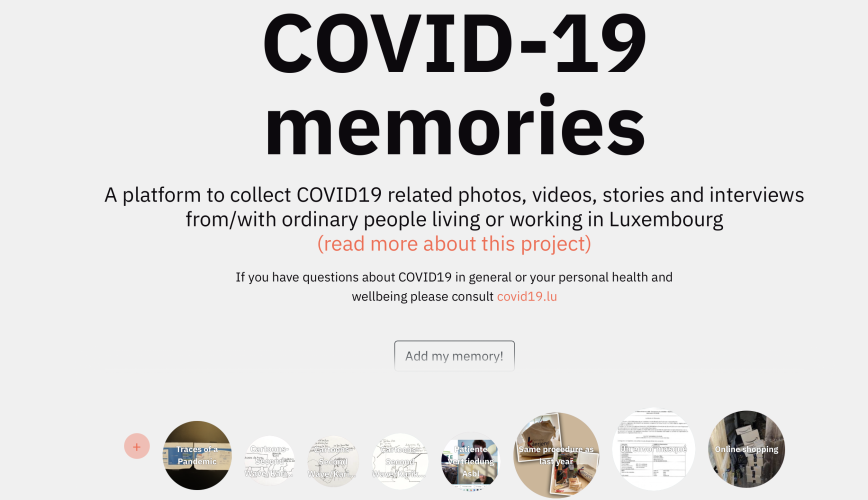
Covidmemory Platform
The COVID-19 pandemic is an event whose historic dimension is immediately obvious. Comparisons with the Spanish flu at the end of the First World War and the (uniquely Western) assessment that it is the greatest crisis since the Second World War are on everyone’s lips. Luxembourg’s state of emergency has led to unprecedented restrictions in our private and professional lives. With the online platform #covidmemory, the C²DH offers all people living or working in Luxembourg the opportunity to share their experiences and preserve them for future generations. Anyone can upload photos, videos or texts to this open and free web-based platform, allowing us to document how the pandemic has changed our lives.
With the support of the Luxembourg National Research Fund (FNR).
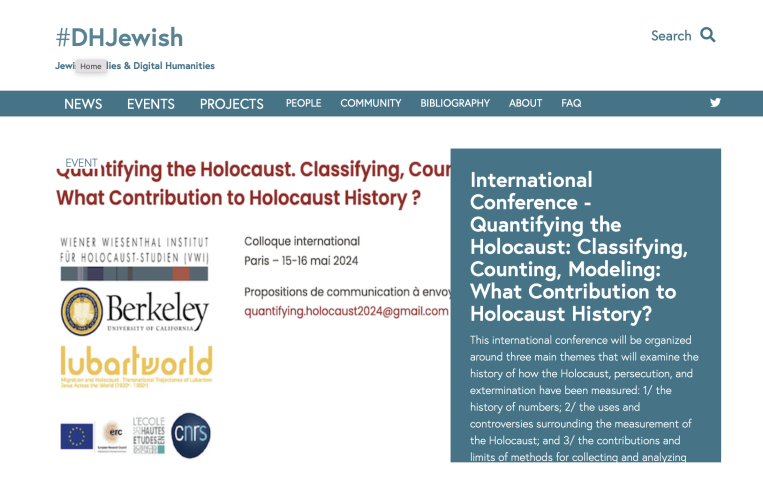
#DHJewish
The #DHJewish - Jewish Studies and Digital Humanities website offers a single access point to news, events and projects on the intersection of Jewish Studies and Digital Humanities. Furthermore, we provide access to a DHJewish Zotero bibliography and online community on Zulip.
The origins of this website go back to 2015 when Michelle Chesner, the Norman E. Alexander Librarian for Jewish Studies at Columbia University, began collecting information about projects that sat at the intersection of Jewish Studies and Digital Humanities (DH). Her list forms the basis of the directory of projects on this website.
The website itself came about as a result of several workshops. In 2018 work on the project began at the C2DH, led by Gerben Zaagsma and using Michelle Margolis' original list of projects as its starting point.
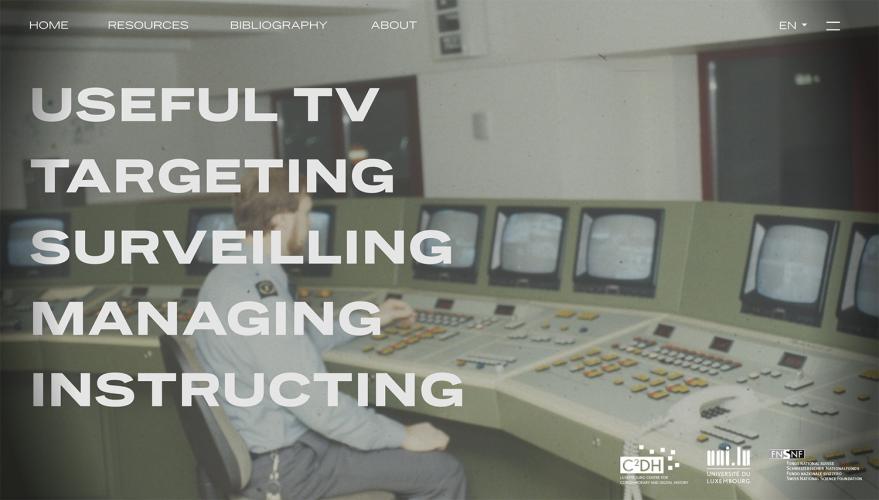
Dronetv
Dronetv.lu is a plurilingual platform on the history of military, industrial and educational television. Through contributions in different formats (text, audio, video, photography), it seeks to excavate the applications and uses of television outside the home. The website is an extension of a postdoctoral research project supported by the Swiss National Science Foundation; its development and online publication was made possible thanks to the support by the C²DH. Dronetv.lu brings together texts by Anne-Katrin Weber, as well as research carried out by students of the Seminar für Medienwissenschaft at the University of Basel.
With the support of the Swiss National Science Foundation.
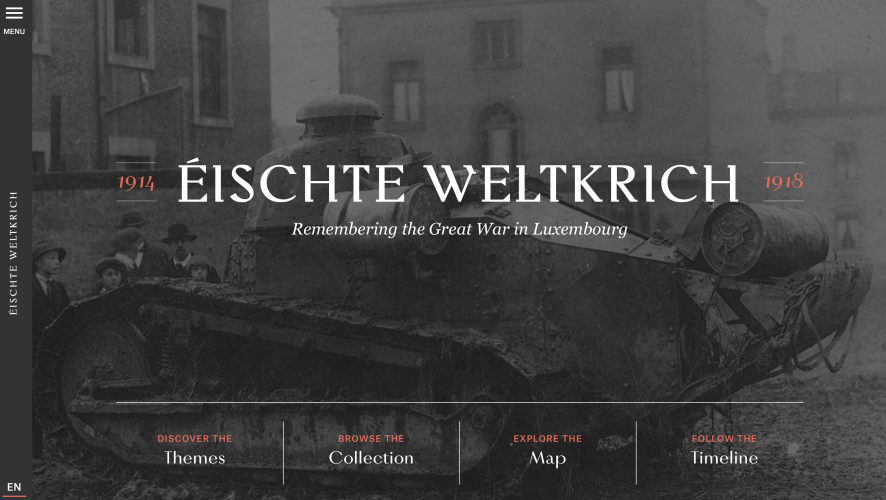
Éischte Weltkrich – Remembering the Great War in Luxembourg
The digital exhibition Éischte Weltkrich: Remembering the Great War in Luxembourg is a project developed by the C²DH with the aim of addressing an important but neglected and understudied period in the country’s history.
Supported by the Ministry of State and drawing on the collections and expertise of some of the major Luxembourg museums, archives and cultural institutions, the project has progressively deepened and widened its scope, aspiring to become a long-term digital resource.
The website is designed to engage a broad base of users with varying interests and degrees of expertise. It offers four independent but interconnected modes of navigation: a thematic, story-driven mode; a digital archive; an interactive geo-referenced map and a timeline. Additional sections of the website contain educational pages for schools and downloadable academic articles.
With the support of the Ministry of State.
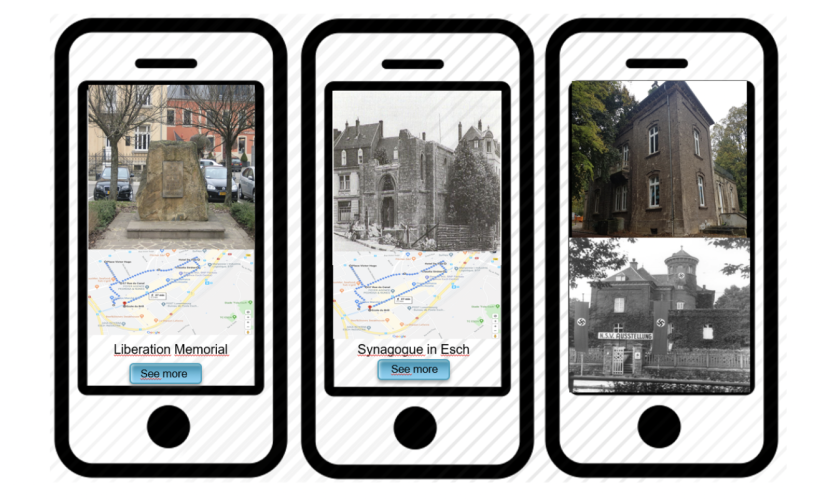
IWalk Luxembourg
Developed by USC Shoah Foundation – The Institute for Visual History and Education, IWalk unlocks a new window into our past. Visitors and students at authentic sites of history and memorials can discover curated IWalks—tours that connect specific locations of memory and memorialization with testimonies from survivors and witnesses of genocide, violence and mass atrocity. Looking more specifically at Luxembourg, there are more than a hundred testimonies of survivors telling their stories from the pre-war and post-war years. Their narrations are a valuable record of the experiences, emotions and feelings of the Luxembourgish Jewish population within the country’s collective post-war memory.
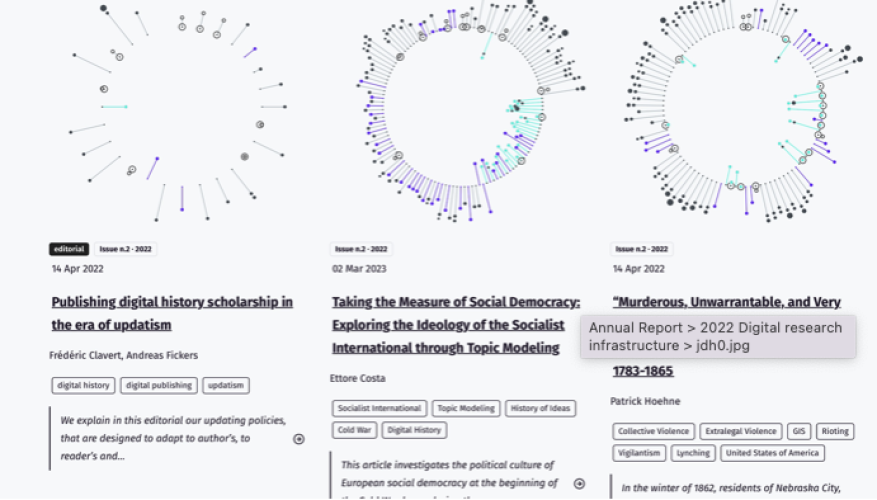
Journal of Digital History
As an international, academic, peer-reviewed and open-access journal, the Journal of Digital History (JDH) sets new standards in history publishing based on the principle of multi-layered articles. The journal aims to become the central hub of critical debate and discussion in the field of Digital History by offering an innovative publication platform, promoting a new form of data-driven scholarship and of transmedia storytellingin the historical sciences. The Journal is a joint initiative of C²DH and the De Gruyter publishing group.
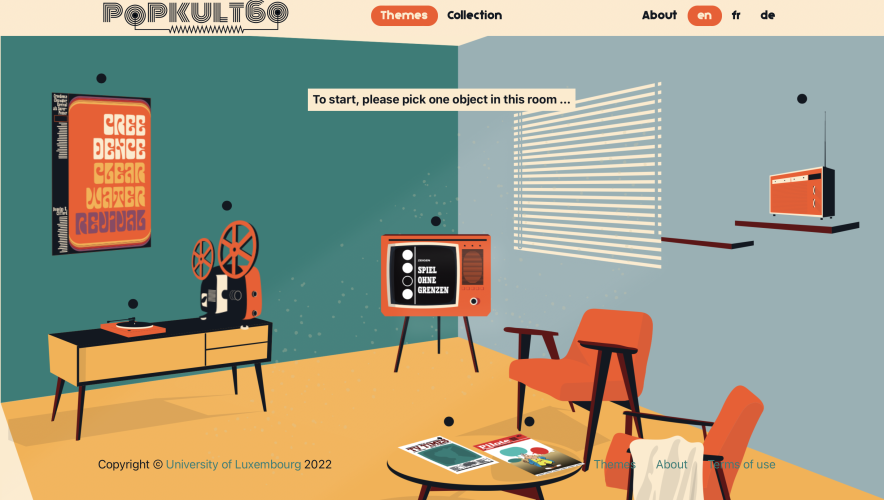
Popkult60
The Popkult60 online exhibition showcases the transnational history of popular culture in the Long Sixties. It is the result of the collaboration between PhD students and postdoctoral researchers of the University of Luxembourg and the University of the Saarland. You may explore the main room by clicking on the various objects and learn more about the individual research projects. Alternatively, he can search a rich collection of objects and sources.
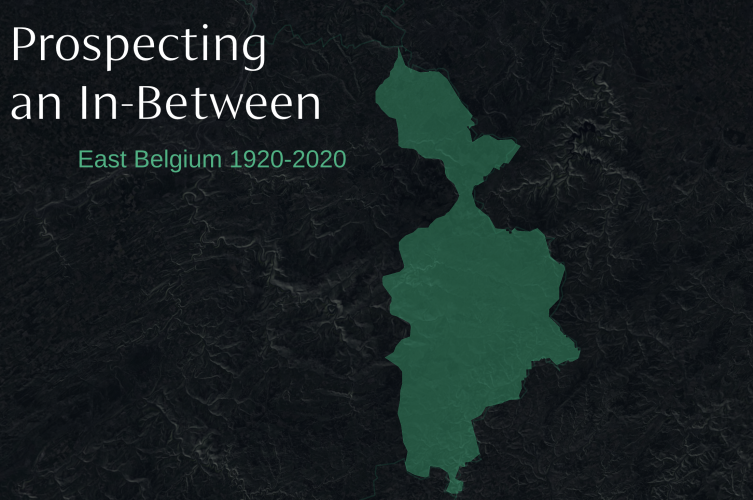
Prospecting an in-between. East Belgium 1920-2020
East Belgium 1920-2020 is a virtual exhibition about the History of the region Eupen-Malmedy-Sankt Vith since the change of nationality in 1920. It is the result of a collaboration between the the C²DH, the German-speaking Community of Belgium and the Zentrum für Ostbelgische Geschichte.
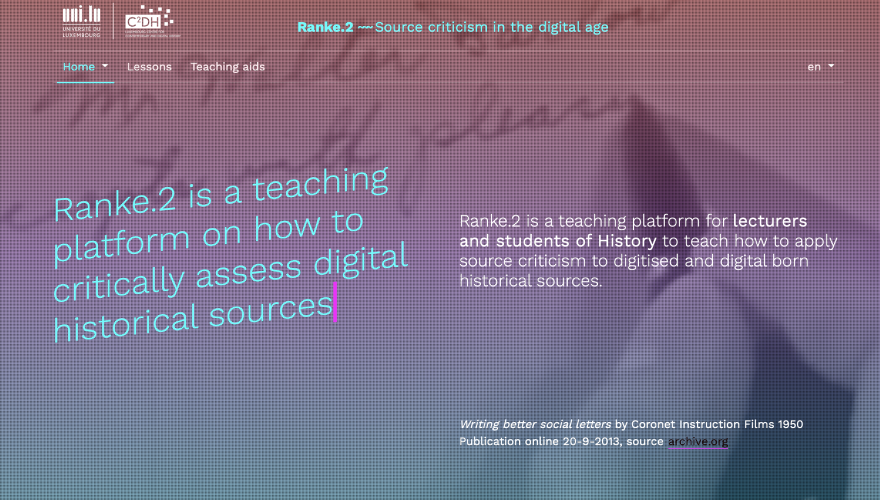
Ranke.2
Ranke.2 is a online open source teaching platform with a series of lessons on digital source criticism. It offers teaching content that can be easily integrated into academic curricula, but it is also suitable for independent learners. As the content of Ranke.2 is directly accessible, lecturers can easily integrate a clip, a quiz or one or more assignments in their teaching. All they have to do is include a link to Ranke.2 either in their slides, in tasks to complete during the lesson, or in homework that is communicated through the Learning Management System.
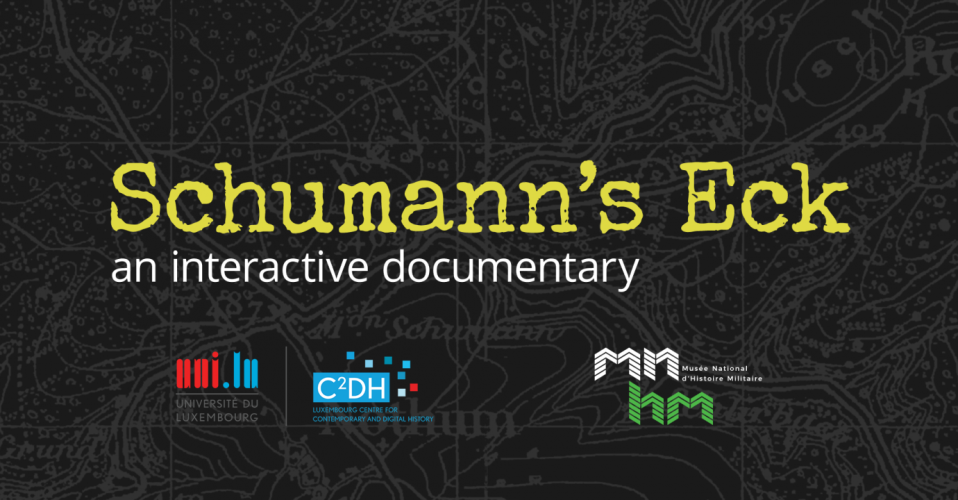
Schumann’s Eck
Interactive documentary on the occasion of the 75th anniversary of the Battle of the Bulge: Schumann’s Eck is a busy crossing in the north of Luxembourg, where the roads from Ettelbruck to Bastogne and from Wiltz to the Upper Sûre Lake intersect. Many people take this road every day, but very few know that they are passing through the site of one of the most gruesome episodes of the Battle of the Bulge. Here, in the Winter of 1944/45, thousands of soldiers and civilians lost their lives.During the 2019 summer semester, students on the Bachelor course in Contemporary History of Luxembourg, in collaboration with the National Museum of Military History in Diekirch, produced an interactive web documentary on the Schumann’s Eck.
In collaboration with the National Museum of Military History in Diekirch.
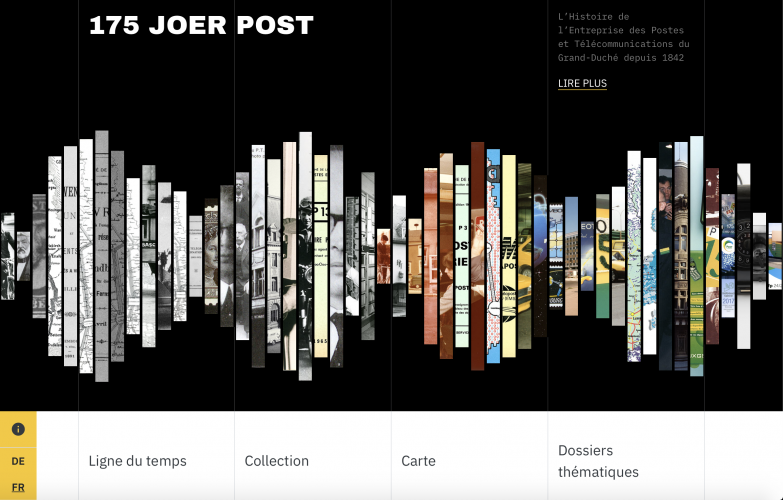
175 Joer POST
The virtual exhibition 175 Joer POST tells the story of the Entreprise des Postes et Télécommunications in Luxembourg from the point at which it was founded as an independent postal administration on 20 August 1842 until 2017.
The exhibition, aimed at a wide spectrum of users with varying degrees of expertise, is structured around four independent but interconnected modes of navigation, namely chronological, geographical, collection-based and thematic approaches. It is the result of a research project launched by the C²DH and POST Luxembourg in connection with celebrations for the 175th anniversary of POST Luxembourg.
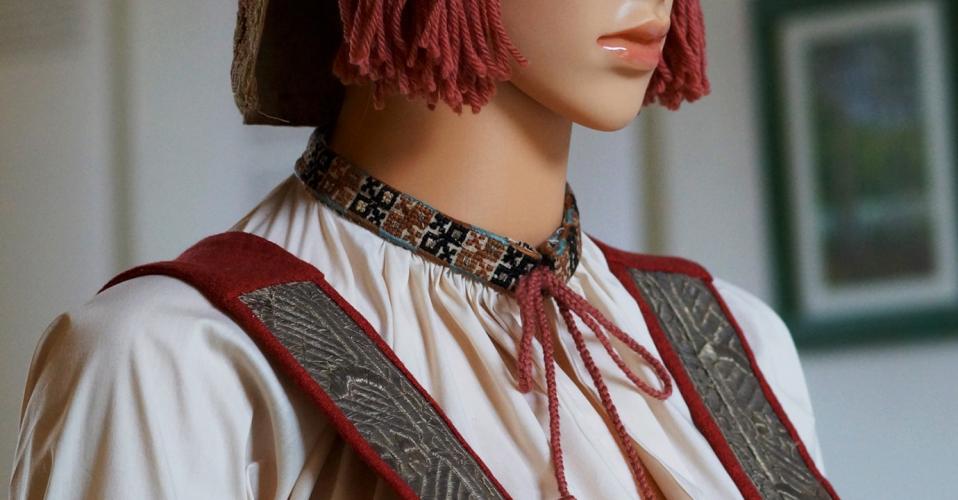
Virtual Museum of Russian Emigration in Luxembourg
The Virtual Museum of Russian Emigration was created on the initiative of three parties - the C²DH, the Centre de Documentation sur les Migrations Humaines in Dudelange and the Russian Center for Science and Culture in Luxembourg (Russkiy Dom). It aims to give public access to the collected material during the research project of Inna Ganschow at the C²DH.
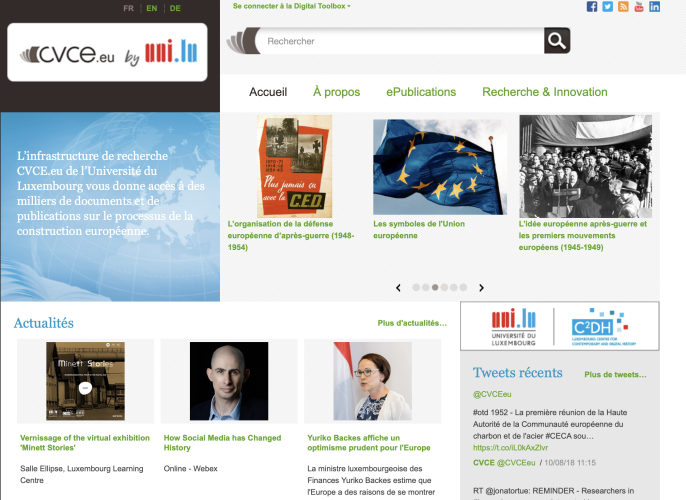
Digital collections on History of the European Integration
The University of Luxembourg’s CVCE.eu research infrastructure offers access to thousands of documents and publications on the European integration process.